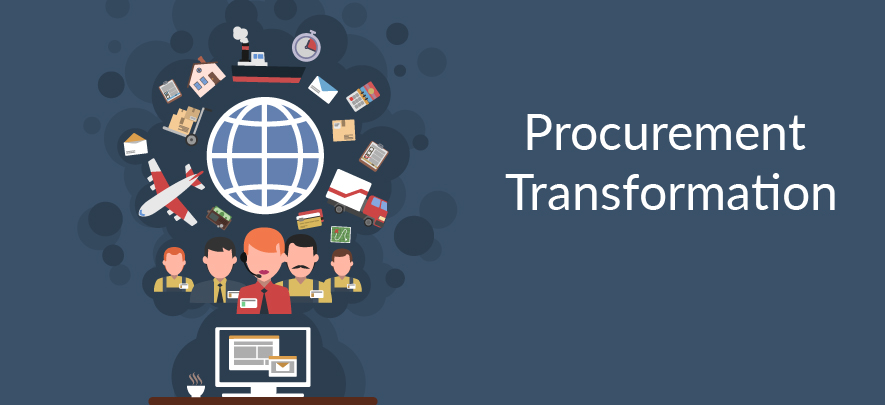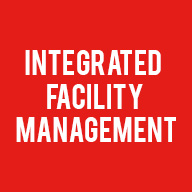8 Steps to Implement Procurement Transformation

Business Development
314 week ago — 5 min read
Background: “Procurement transformation refers to a specific type of organisational change management which focuses on strategies to enable major and long-term improvements to procurement and supply management processes, activities and relationships”, as defined by Day and Atkinson. GlobalLinker member Aval Sethi explains the need for companies to implement procurement transformation and the steps to achieve this.
Procurement transformation function is essential for big organisations and SMEs to be implemented organically and effectively to save considerably in terms of efforts, costs and time. To begin with, companies should have a case that supports their business view. It is important that projects are developed as approved by sponsors or stakeholders and there is a constant reference to the business case in circumstances where sponsors or stakeholders or the scope changes. Organisations need to include efficient and effective ways that can help them implement procurement transformation process. Some of them are:
1. Assessing capabilities and internal skills to achieve a business case
In tandem with the business case, it is essential to understand and assess internal skills and capabilities against the required outcome. Though consultants may not be needed for the entire project, their value is undeniable in situations such as changing leadership support for middle management and sponsors, supporting with external best practices comparisons, support in terms of temporary resources in times of full-time employee constraints and subject matter experience in fields such as business, people and technology that organisations often lack. Also, internal capability is supplemented by external support in terms of category sourcing efforts.
This indicates that the whole procurement transformation project can be funded by deep-skilled resources that are a part of a competitive bidding platform.
2. Active sponsorship and visible leadership
This involves sustainability in any project through senior executives, sponsors who are coached, educated and supported by change management resources and leaders who can create change and help build a coalition of sponsors.
3. Establishment of end-to-end process ownership
This involves accountability and ownership establishment regardless of the type of organisational model whether centralised, decentralised or hybrid which is a mix of the two. The typical governing expectations are continuous updates to technology and process improvements for end-to-end optimisation, key performance indicators (KPI) ownership and reporting across accounts payable and purchasing, and the support of a good facilitator in the form of a process owner who can align across functional silos and entities.
4. Employing change leadership
It comprises the ability of a leader to lead the organisation through a full-cycle that consists of change management which is a project-based discipline that optimises the human behavioural side of the execution process; change engineering that analyses and visualises the anticipated outcome from the outset; and change integration that helps it become a reality.
5. Knowing customer's requirements
It is important to pay attention to internal customer requirements through engaging with key customers on regular basis, effective communication and incorporating feedback from middle management and seeking support from senior sponsors.
6. Foundational mechanics
This involves input of timely and accurate information for source-to-pay execution. Some of them include reflecting on processes, optimal skill sets and investments in new systems.
7. Consider the competitor’s methods
It is important to look out and analyse the other organisations or competitors in the same field for processes such as increasing end-to-end procurement efficiencies by assessing process improvement, behavioural change, business strategy alignment and technology optimisation. Analysing a competitor’s business strategies can help the organisation widen its horizon as well.
8. Identification, execution and communication of quick wins just when you are ready
These help in buy-ins and gaining support. Competitive bids or reverse auctions are tools that help garner support as they generate multiple benefits. Some of these may be complicated and may need the expertise of professionals at first.
Are you facing any challenges with procurement transformation? Add them in the comments section below.
To explore business opportunities, link with me by clicking on the 'Invite' button on my eBiz Card.
Disclaimer: The views and opinions expressed in this article are those of the author and do not necessarily reflect the views, official policy or position of GlobalLinker.
Posted by
Aval SethiWe support Procurement Transformation in organizations. We offer ‘Consulting & Advisory’ to streamline your procurement processes & identify gaps. We provide a...
View Aval 's profile
Other articles written by Aval Sethi
5 ways to manage digital transformation
317 week ago
Most read this week












Comments
Share this content
Please login or Register to join the discussion